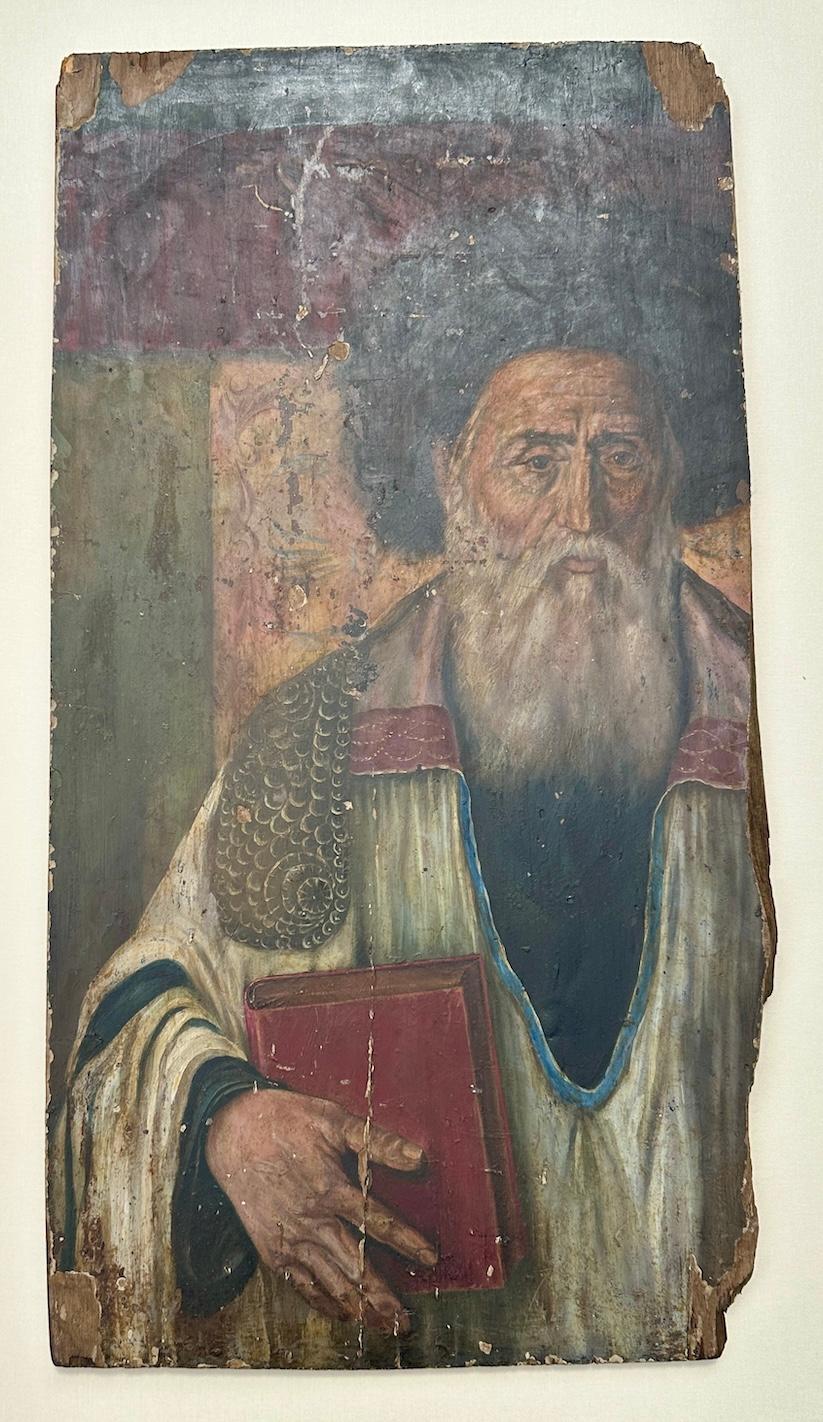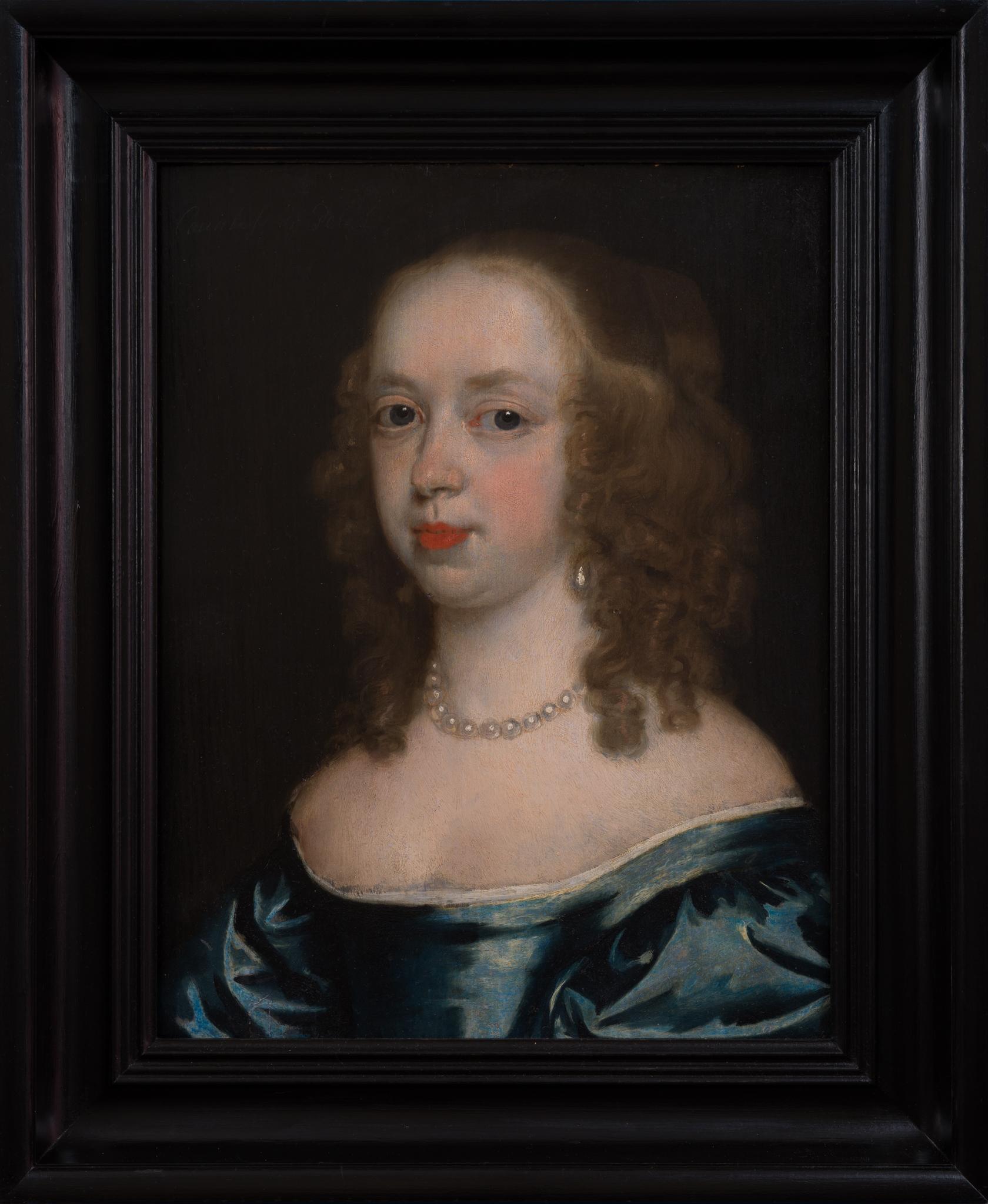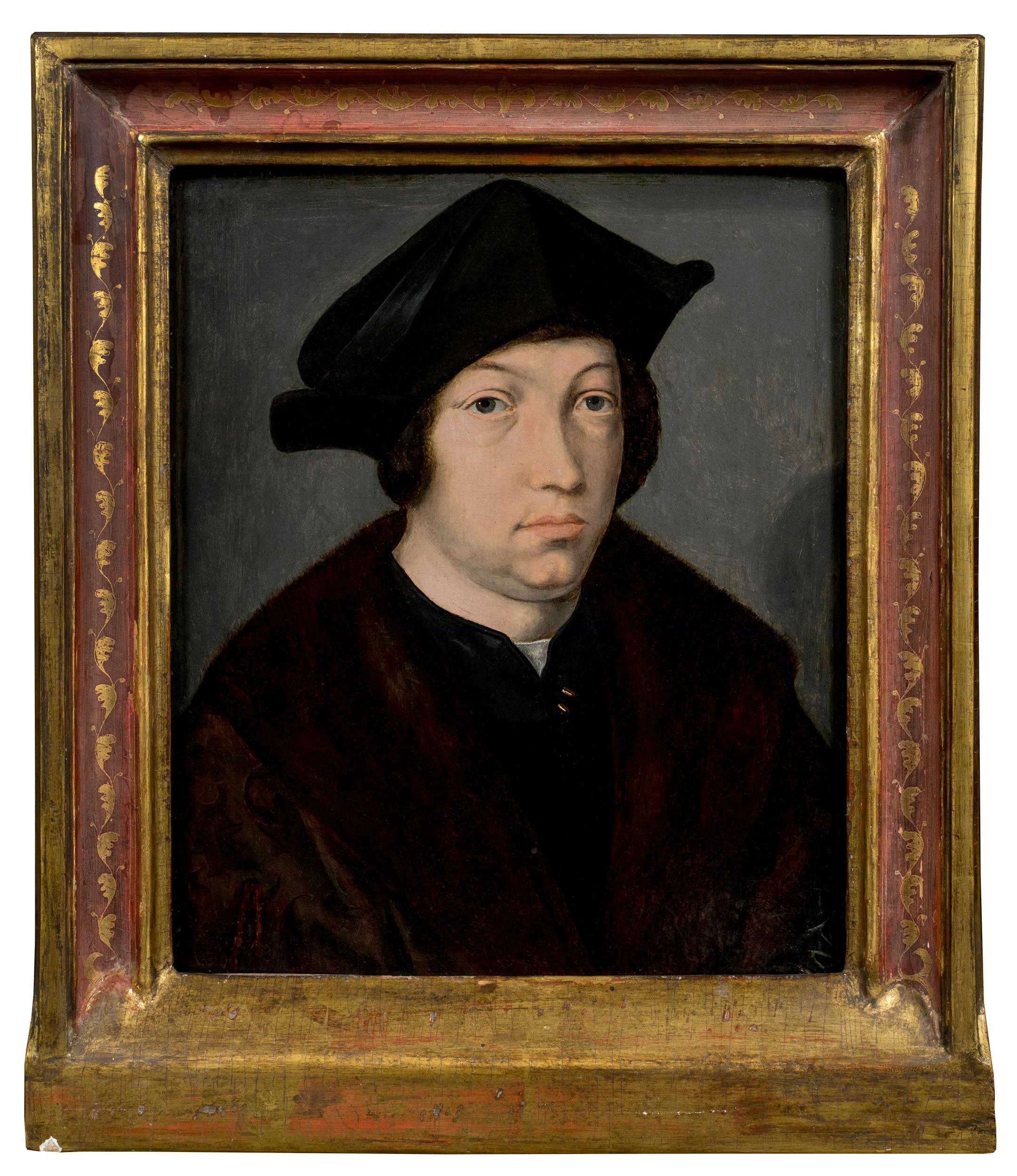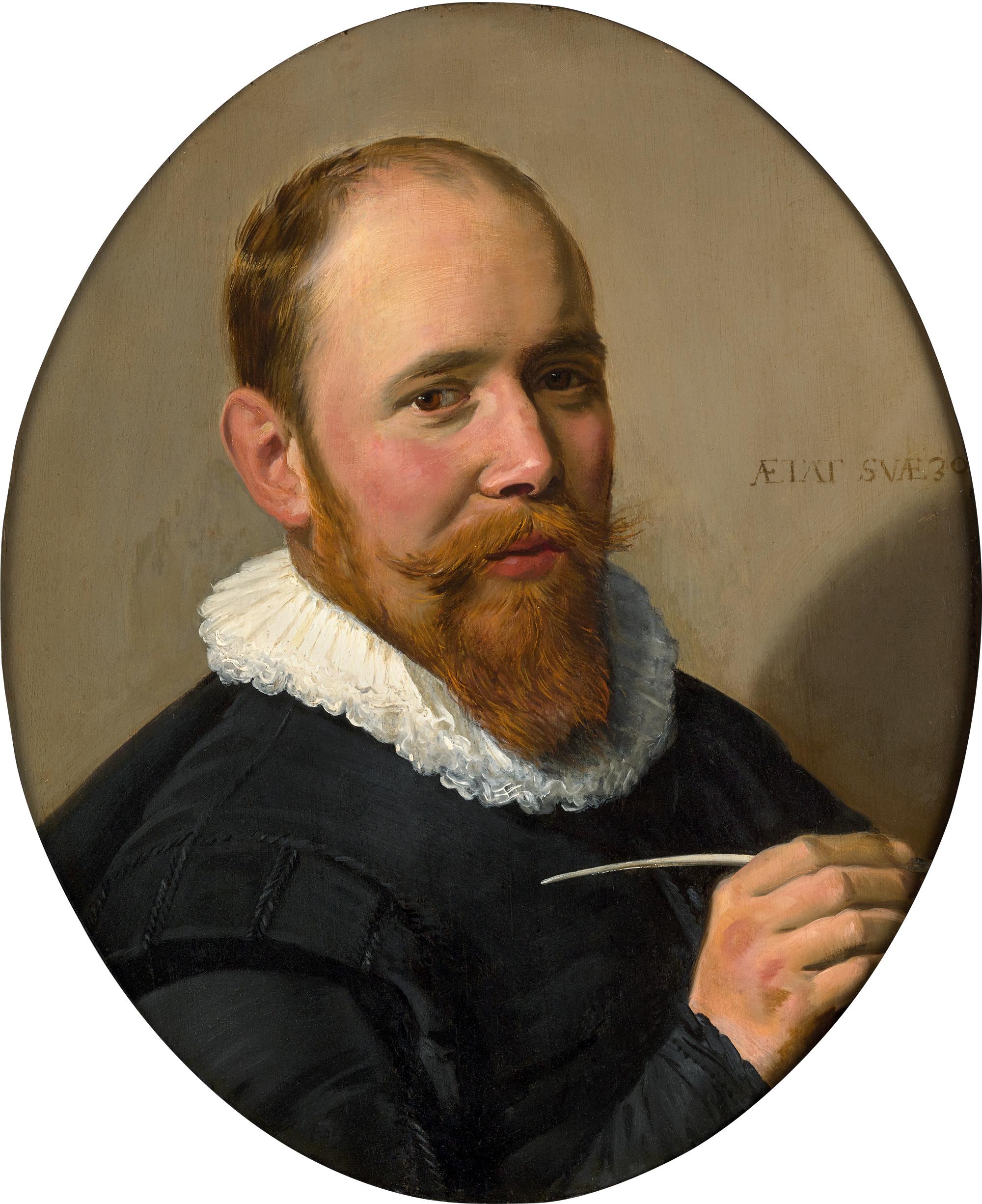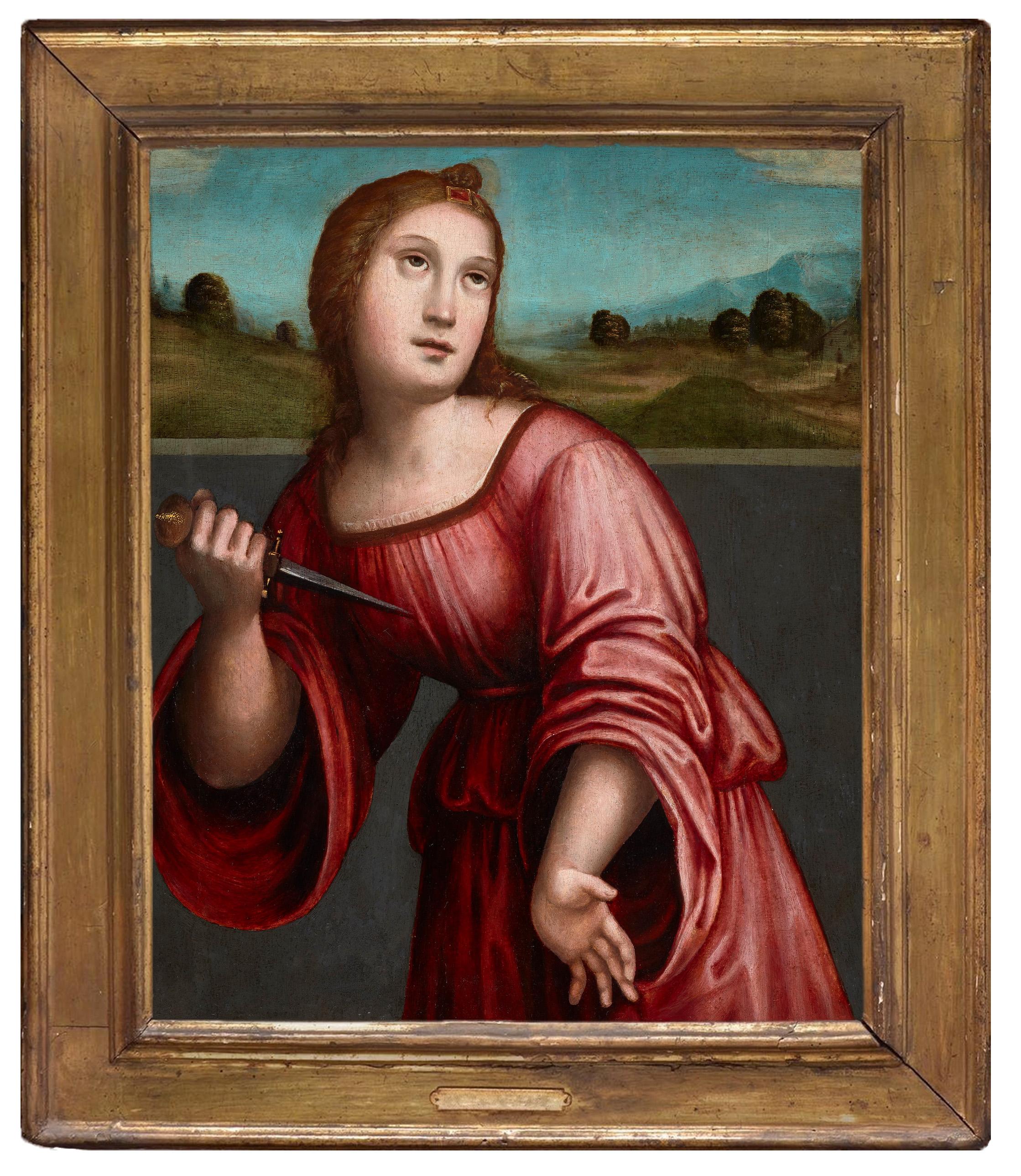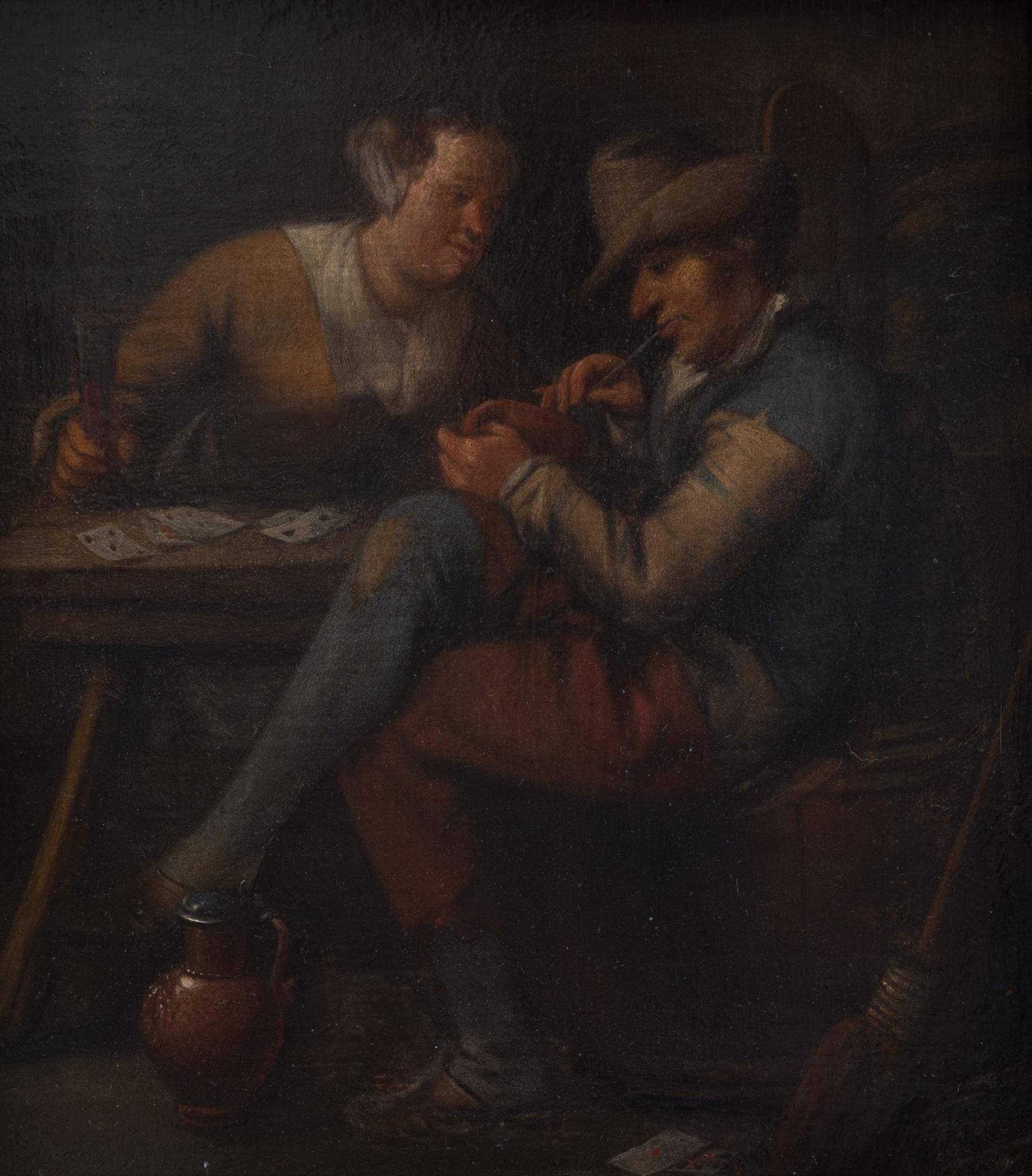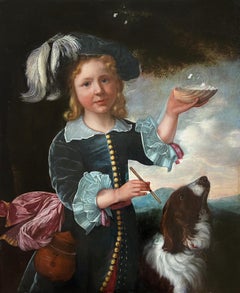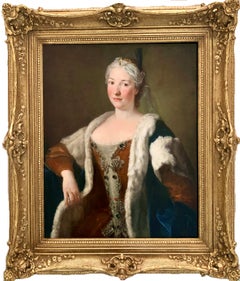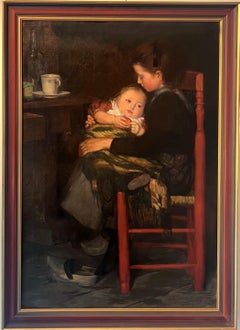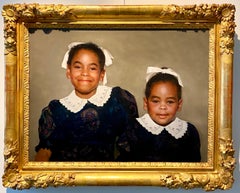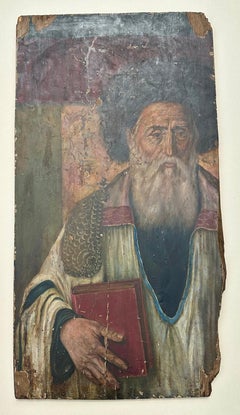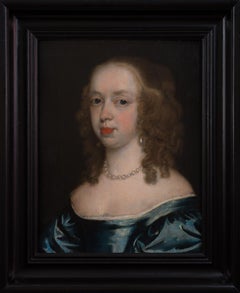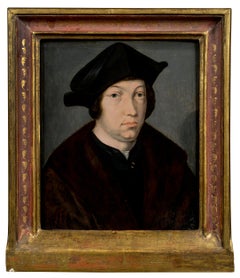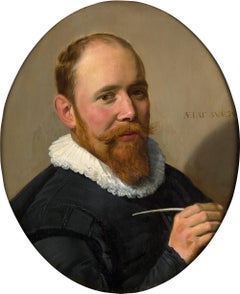Domenico Puligo16th century Renaissance Florentine painting Domenico Puligo Virgin and Child
Informazioni sull’articolo
- Creatore:Domenico Puligo (1492 - 1527)
- Dimensioni:Altezza: 95 cm (37,41 in)Larghezza: 72 cm (28,35 in)
- Tecnica:
- Movimento e stile:
- Periodo:
- Condizioni:Ready to hang. Minimal inpainting, mainly along the panel-lines.
- Località della galleria:Aartselaar, BE
- Numero di riferimento:1stDibs: LU1423216385912
Domenico Puligo
Domenico Puligo nacque a Firenze nel 1492, da una famiglia di fabbri, anche se poco altro si sa della sua prima vita. Si formò sotto la guida di Ridolfo Ghirlandaio e lavorò per un breve periodo con Andrea Del Sarto, che influenzò profondamente il giovane pittore. La maggior parte della produzione di Puligo si concentrava su dipinti religiosi di medie dimensioni, come l'opera attuale, che componeva come commissioni speciali per la devozione privata dei suoi clienti. A Puligo sono stati attribuiti anche un piccolo gruppo di pale d'altare e diversi ritratti su commissione. La sua opera, tuttavia, è esigua, poiché morì a soli 35 anni dopo aver contratto la peste. Oggi la maggior parte delle sue opere si trova solo nelle collezioni dei musei.
- SpedizioneRecupero del preventivo…Spedizione da: Aartselaar, Belgio
- Politica di reso
Altro da questo venditore
Mostra tuttoMetà XVII secolo, Antichi maestri, Dipinti (ritratto)
Olio, Tela
Anni 1740, Antichi maestri, Dipinti (ritratto)
Tela, Olio
Inizio XX secolo, Romantico, Dipinti (ritratto)
Tela, Olio
XIX secolo, Realismo americano, Dipinti (ritratto)
Tela, Olio
XVII secolo, Antichi maestri, Dipinti (ritratto)
Olio, Pannello
XVII secolo, Antichi maestri, Dipinti figurativi
Tela, Olio
Ti potrebbe interessare anche
Anni 1890, Antichi maestri, Dipinti figurativi
Olio, Pannello in legno
XVII secolo, Antichi maestri, Dipinti (ritratto)
Olio, Pannello in legno
XVI secolo, Antichi maestri, Dipinti (ritratto)
Olio, Pannello
XVII secolo, Antichi maestri, Dipinti (ritratto)
Olio, Pannello
XVI secolo, Antichi maestri, Dipinti figurativi
Olio, Pannello in legno
XVII secolo, Antichi maestri, Dipinti figurativi
Quercia, Olio, Pannello
